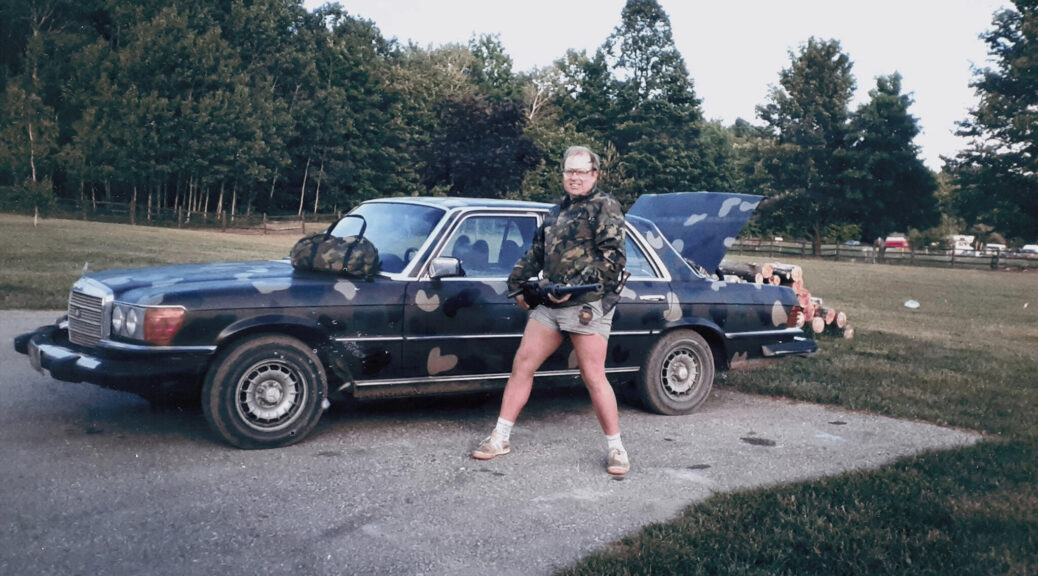Queen of the Deuce
by Brandon Thomas
New York City in the 1960s and 1970s occupies its own special corner of film history. Films like Taxi Driver, The French Connection, and The Taking of Pelham 1 2 3 paint a vivid picture of Manhattan at the time. Long before chain restaurants, toy stores, and Disney actors lined the streets near Times Square, X-rated theaters, peep shows, and violent crime reigned supreme. Despite the roughness of the area, it was still home to a lot of people. Queen of the Deuce focuses on one such family, and specifically the matriarch who also just happened to run a mini porn empire.
Director Valerie Kontakos’s documentary delves into the rich history of one Chelly Wilson as told in the present day by her children, grandchildren, and various other family members. Originally from a small Jewish community in Greece, Chelly left Europe for America before the start of World War II. After marrying, having children, and working a modest job, Chelly found herself the owner of property throughout New York City. By the time the early 1970s rolled around, many of these properties were X-rated theaters (one of which Chelly lived above).
Larger than life individuals often make the best subjects of this kind of documentary and Chelly Wilson is no exception. From the start, it’s easy to see why people were so drawn to her. She was magnetic, feisty, testy, and loving sometimes all in the span of a single interaction. Chelly’s family lovingly talk about how she held court in her apartment with friends, neighbors, and family. Everyone would be under her spell. Sometimes this may have even included members of the local mafia.
Kontakos skillfully weaves tales of Chelly’s history and her present in the 1970s and 80s into the fabric of Manhattan of the time. Chelly was a woman who faced adversity from an early age, and the mean streets of New York weren’t about to intimidate her. There are low points in her story for sure, but much of The Queen of the Deuce is filled with stories of how loved and admired she was.
Much of the film is filled with family videos and photographs that help to amplify the stories. This visual history is an enormous asset to Kontakos, who doesn’t have to completely fall back on standard talking head footage.
Queen of the Deuce does an admirable job of touching on the history of New York City of the time, but even better is how the film showcases the love and respect a family can share throughout the ages.














